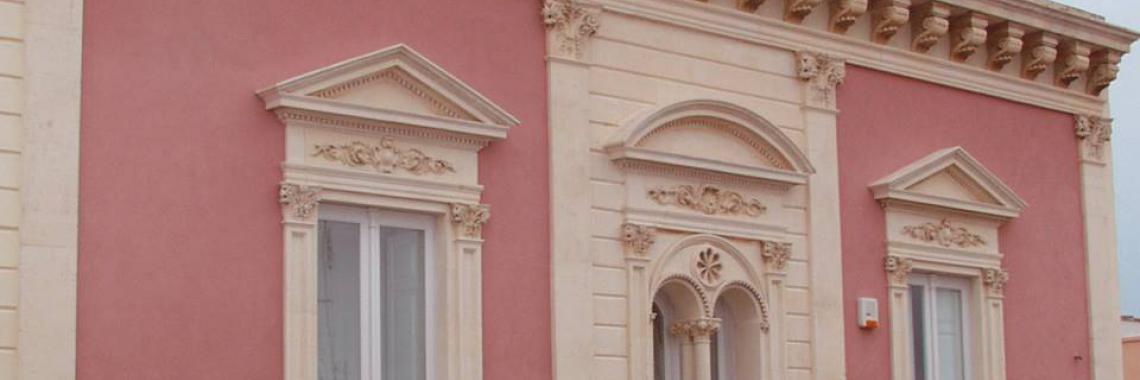
Technical Characteristics
-
High capacity to transpire – makes the passage of humidity from the framework (wood, wall) to the environment easier, thus promoting microclimatic regulation.
-
High compatibility with framework involved: compatibility with wood is guaranteed by the oil substances, by essential oils and by the wax which is contained in natural paint. Compatibility with masonry is guaranteed by the vegetable substances found in varnishes which in turn transmit many mineral substances – as occurs in nature: casein which is found in wall painting forms a solid and resistant composite when mixed with lime from the wall; the fatty oils allow for the wall to get well impregnated and make it water resistant without hindering its capacity to transpire.
-
The yield (square metres per litre) is generally very high above that of traditional varnishes, especially as regards to the treatment of wood and terracotta tiles.
-
Maintenance is simple and application techniques are versatile. For example, a parquet flooring treated with a natural finish, does not need to be laminated but can be simply cleaned with oils and special wax which renew only the consumed parts where necessary without having to move all the furniture.
-
Only solvents of vegetable origin with average evaporation duration (essential oils) are used.
-
Natural paint and varnish confer antistatic characteristics to the treated surfaces. This characteristic significantly increases the durability of surfaces, by diminishing the deposit of dust and guaranteeing a more “noble” ageing.

















